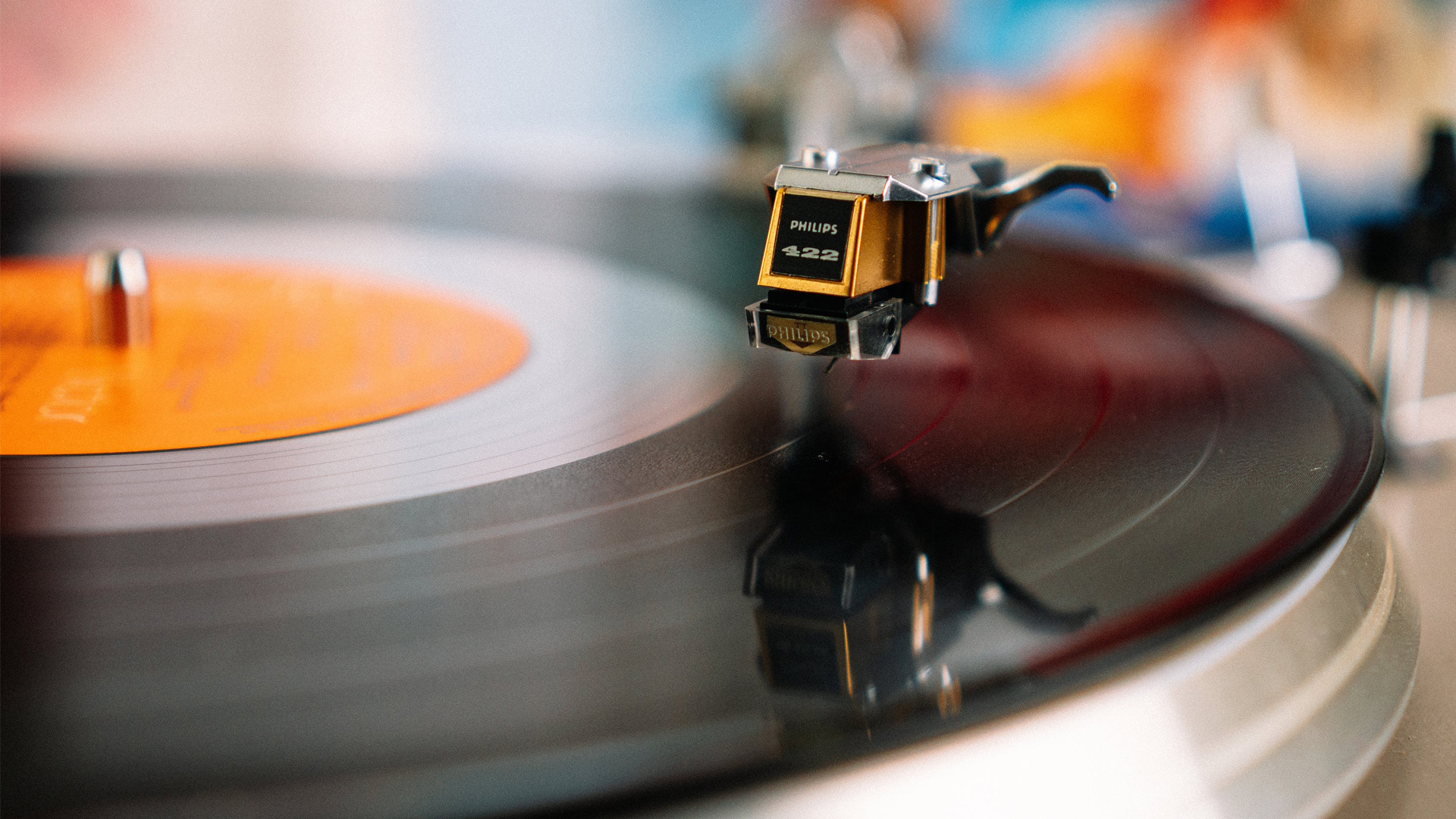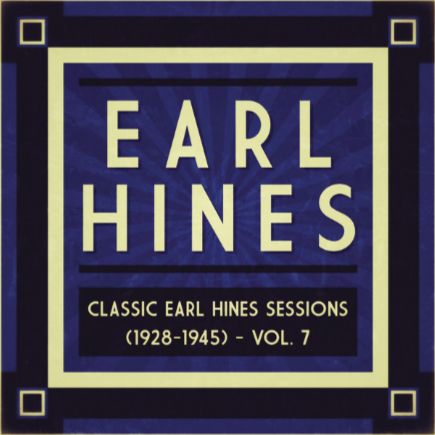I Got It Bad: une ballade entre blues et élégance orchestrale
Composée en 1941 par Duke Ellington, sur des paroles de Paul Francis Webster, I Got It Bad (and That Ain’t Good) incarne la rencontre subtile entre la sophistication du jazz orchestral et la profondeur émotionnelle du blues. Véritable bijou d’élégance mélodique et d’introspection lyrique, cette ballade devient rapidement l’un des titres emblématiques du répertoire d’Ellington.
La chanson est créée sur scène le 10 juillet 1941 au Mayan Theatre de Los Angeles, dans la revue musicale Jump for Joy, qui connaîtra 101 représentations. C’est la chanteuse Ivie Anderson, proche collaboratrice d’Ellington depuis plusieurs années, qui en donne la première interprétation publique. Son timbre chaleureux, chargé de pathos et de retenue, donne vie aux paroles empreintes de douleur amoureuse et de résignation.
L’introduction instrumentale, dominée par le piano expressif d’Ellington, installe d’emblée une atmosphère douce et plaintive. À mesure que la voix d’Anderson s’élève, cuivres et bois interviennent avec discrétion, tissant un accompagnement nuancé et profondément évocateur. Cette écriture orchestrale tout en finesse illustre à merveille l’art du ‘Duke’: dire beaucoup avec peu, laisser l’émotion naître dans l’espace et la suggestion.
Peu avant l’enregistrement officiel, le Duke Ellington Orchestra interprète le morceau avec Ivie Anderson et Johnny Hodges au saxophone, Ellington lui-même au piano. Moins d’un mois plus tard, I Got It Bad est reprise par l’orchestre de Benny Goodman, avec la voix feutrée de Peggy Lee et la participation du trompettiste Cootie Williams, qui venait de quitter le groupe d’Ellington.
Hines et Ekstine, l’élégance d’une rencontre historique
L’enregistrement de I Got It Bad réalisé à Chicago le 28 octobre 1941 illustre un moment charnière de l’histoire du jazz, réunissant autour du pianiste Earl Hines les vocalistes Billy Eckstine, Madeline Green et le trio vocal The Three Varieties.
L’introduction de Hines au piano, expressive et maîtrisée, ouvre l’enregistrement en affirmant son rôle de chef d’orchestre et de créateur de climats. La présence de Billy Eckstine, alors en pleine ascension, confère à cette séance une dimension particulière. Sa voix de baryton, riche et enveloppante, se déploie avec un phrasé d’une grande sophistication, annonçant déjà le rôle qu’il jouera quelques années plus tard dans la transition du swing vers le bebop.
À ses côtés, Madeline Green apporte une couleur différente, grâce à une voix expressive et nuancée, capable d’interpréter les ballades avec intensité et chaleur. Son timbre se distingue par une profondeur émotionnelle qui complète parfaitement l’univers d’Hines et d’Eckstine. Enfin, The Three Varieties, formation vocale alors réputée pour la précision de ses harmonies, enrichit l’ensemble de chœurs sophistiqués, apportant équilibre et densité sonore.
I Got It Bad: una balada entre blues y elegancia orquestal
Compuesta en 1941 por Duke Ellington, con letra de Paul Francis Webster, I Got It Bad (and That Ain’t Good) encarna el sutil encuentro entre la sofisticación del jazz orquestal y la profundidad emocional del blues. Verdadera joya de elegancia melódica e introspección lírica, esta balada se convirtió rápidamente en una de las piezas emblemáticas del repertorio de Ellington.
La canción fue estrenada en escena el 10 de julio de 1941 en el Mayan Theatre de Los Ángeles, dentro del espectáculo musical Jump for Joy, que alcanzó 101 representaciones. Fue la cantante Ivie Anderson, estrecha colaboradora de Ellington desde hacía varios años, quien ofreció la primera interpretación pública. Su timbre cálido, cargado de patetismo y contención, dio vida a una letra marcada por el dolor amoroso y la resignación.
La introducción instrumental, dominada por el piano expresivo de Ellington, establece de inmediato un ambiente suave y melancólico. A medida que la voz de Anderson se eleva, metales y maderas intervienen con discreción, tejiendo un acompañamiento matizado y profundamente evocador. Esta escritura orquestal refinada ilustra a la perfección el arte del ‘Duke’: decir mucho con poco, dejando que la emoción surja en los silencios y las insinuaciones.
Poco antes de su grabación oficial, la orquesta de Duke Ellington interpretó la pieza con Ivie Anderson y Johnny Hodges al saxofón, con Ellington al piano. Menos de un mes después, I Got It Bad fue retomada por la orquesta de Benny Goodman, con la voz íntima de Peggy Lee y la participación del trompetista Cootie Williams, que había dejado recientemente la formación de Ellington.
Hines y Eckstine, la elegancia de un encuentro histórico
La grabación de I Got It Bad realizada en Chicago el 28 de octubre de 1941 ilustra un momento crucial en la historia del jazz, reuniendo en torno al pianista Earl Hines a los vocalistas Billy Eckstine, Madeline Green y al trío vocal The Three Varieties.
La introducción de Hines al piano, expresiva y precisa, abre la sesión afirmando su papel de director musical y creador de atmósferas. La presencia de Billy Eckstine, entonces en plena ascensión, otorga a esta interpretación una dimensión especial. Su voz de barítono, rica y envolvente, se despliega con un fraseo de gran sofisticación, anticipando el papel que desempeñaría pocos años después en la transición del swing al bebop.
A su lado, Madeline Green aporta un matiz diferente con una voz expresiva y matizada, capaz de interpretar baladas con intensidad y calidez. Su timbre, cargado de emoción, complementa de manera perfecta el universo de Hines y Eckstine. Finalmente, The Three Varieties, formación vocal entonces reconocida por la precisión de sus armonías, enriquece el conjunto con coros sofisticados, aportando equilibrio y densidad sonora.
I Got It Bad: una ballata tra blues ed eleganza orchestrale
Composta nel 1941 da Duke Ellington, con testi di Paul Francis Webster, I Got It Bad (and That Ain’t Good) rappresenta l’incontro sottile tra la raffinatezza del jazz orchestrale e la profondità emotiva del blues. Vera gemma di eleganza melodica e introspezione lirica, questa ballata è diventata rapidamente uno dei brani simbolo del repertorio di Ellington.
La canzone debutta sul palcoscenico il 10 luglio 1941 al Mayan Theatre di Los Angeles, all’interno della rivista musicale Jump for Joy, che andrà in scena per 101 repliche. È la cantante Ivie Anderson, collaboratrice storica di Ellington, a offrirne la prima interpretazione pubblica. La sua voce calda, intrisa di pathos e delicatezza, dà vita a un testo impregnato di dolore amoroso e rassegnazione.
L’introduzione strumentale, guidata dal pianoforte espressivo di Ellington, crea subito un’atmosfera dolce e malinconica. Quando la voce della Anderson entra in scena, ottoni e legni si inseriscono con discrezione, tessendo un accompagnamento raffinato e intensamente evocativo. Questa scrittura orchestrale fine e misurata riflette perfettamente l’arte del ‘Duke’: dire molto con poco, lasciando emergere l’emozione tra gli spazi e le sfumature.
Poco prima della registrazione ufficiale, la Duke Ellington Orchestra eseguì il brano con Ivie Anderson e Johnny Hodges al sax, con Ellington stesso al pianoforte. Meno di un mese dopo, I Got It Bad venne ripresa dall’orchestra di Benny Goodman, con la voce vellutata di Peggy Lee e la partecipazione del trombettista Cootie Williams, da poco uscito dalla formazione di Ellington.
Hines ed Eckstine, l’eleganza di un incontro storico
La registrazione di I Got It Bad, realizzata a Chicago il 28 ottobre 1941, rappresenta un momento cruciale nella storia del jazz, riunendo attorno al pianista Earl Hines i vocalist Billy Eckstine, Madeline Green e il trio vocale The Three Varieties.
L’introduzione al pianoforte di Hines, espressiva e controllata, apre la registrazione affermando il suo ruolo di direttore musicale e creatore di atmosfere. La presenza di Billy Eckstine, allora in piena ascesa, conferisce a questa sessione una dimensione particolare. La sua voce di baritono, ricca e avvolgente, si dispiega con un fraseggio di grande raffinatezza, anticipando il ruolo che avrebbe avuto pochi anni dopo nella transizione dallo swing al bebop.
Accanto a lui, Madeline Green porta un colore diverso, grazie a una voce espressiva e sfumata, capace di interpretare le ballate con intensità e calore. Il suo timbro, intriso di profondità emotiva, completa perfettamente l’universo di Hines ed Eckstine. Infine, The Three Varieties, formazione vocale allora rinomata per la precisione delle sue armonie, arricchisce l’insieme con cori sofisticati, portando equilibrio e densità sonora.
I Got It Bad: a ballad between blues and orchestral elegance
Composed in 1941 by Duke Ellington with lyrics by Paul Francis Webster, I Got It Bad (and That Ain’t Good) captures the subtle intersection of Ellington’s orchestral sophistication and the emotional depth of the blues. A true gem of melodic elegance and lyrical introspection, this ballad quickly became one of the signature pieces of Ellington’s repertoire.
The song debuted on stage on July 10, 1941, at the Mayan Theatre in Los Angeles, as part of the musical revue Jump for Joy, which ran for 101 performances. The first public performance was delivered by Ivie Anderson, a longtime collaborator of Ellington. Her warm tone, filled with pathos and restraint, brought the song’s themes of heartache and resignation vividly to life.
The instrumental introduction, led by Ellington’s expressive piano, immediately sets a gentle, plaintive mood. As Anderson’s voice emerges, the horns and woodwinds join discreetly, weaving a nuanced, deeply evocative accompaniment. This refined orchestration perfectly illustrates Ellington’s art: saying much with little, allowing emotion to rise through space and subtle suggestion.
Shortly before the official recording, the Duke Ellington Orchestra performed the piece with Ivie Anderson and Johnny Hodges on saxophone, Ellington at the piano. Less than a month later, I Got It Bad was performed by Benny Goodman’s orchestra, featuring the soft voice of Peggy Lee and the presence of trumpeter Cootie Williams, who had left Ellington’s band the previous year.
Hines and Eckstine, the elegance of a historic encounter
The recording of I Got It Bad, made in Chicago on October 28, 1941, marks a pivotal moment in jazz history, bringing together pianist Earl Hines with vocalists Billy Eckstine, Madeline Green, and the vocal trio The Three Varieties.
Hines’s piano introduction, expressive and assured, opens the recording by affirming his role as bandleader and creator of atmospheres. The presence of Billy Eckstine, then on the rise, gives this session a distinctive dimension. His baritone voice, rich and enveloping, unfolds with highly sophisticated phrasing, already hinting at the role he would play a few years later in the transition from swing to bebop.
Alongside him, Madeline Green adds a different color, with an expressive, nuanced voice capable of delivering ballads with both warmth and intensity. Her timbre, marked by emotional depth, perfectly complements the worlds of Hines and Eckstine. Finally, The Three Varieties, a vocal group then renowned for the precision of its harmonies, enriches the ensemble with sophisticated choral textures, bringing balance and sonic depth.


